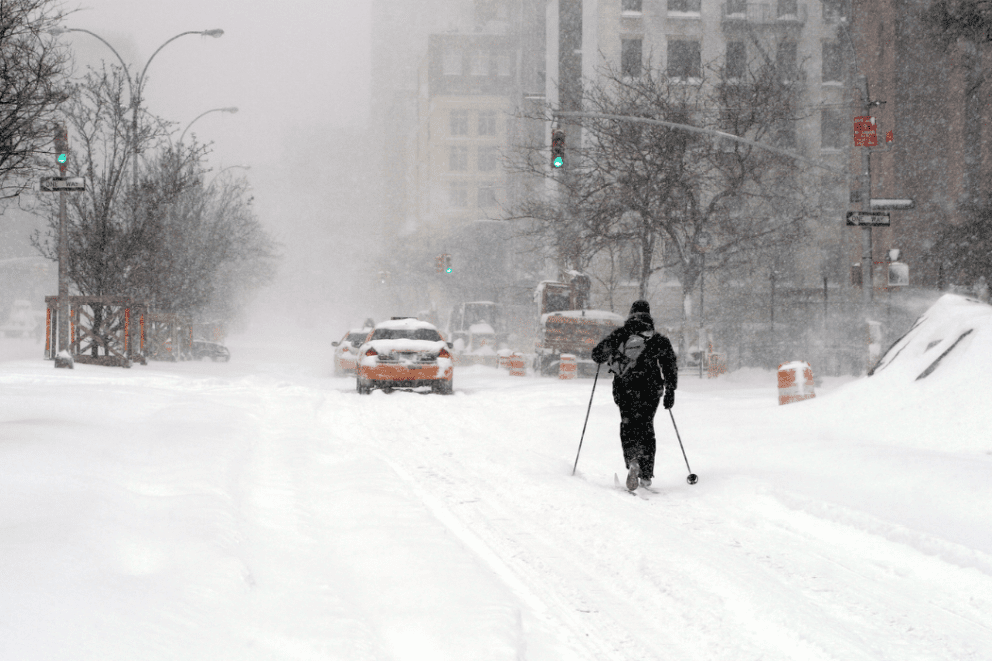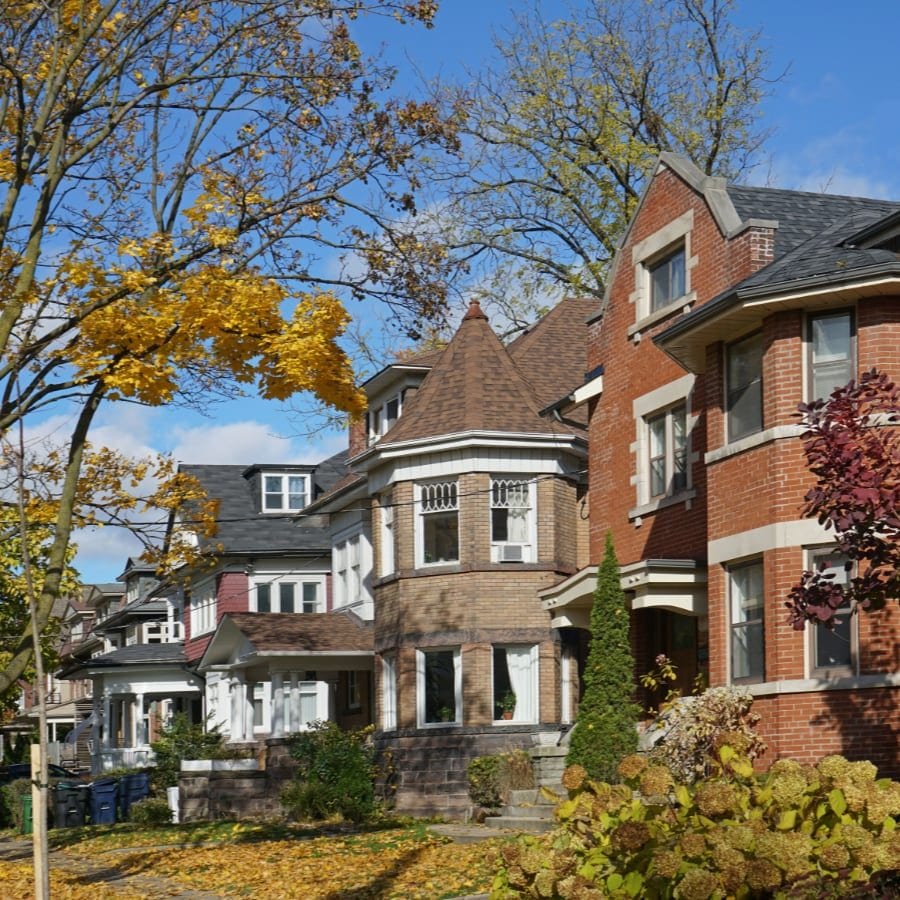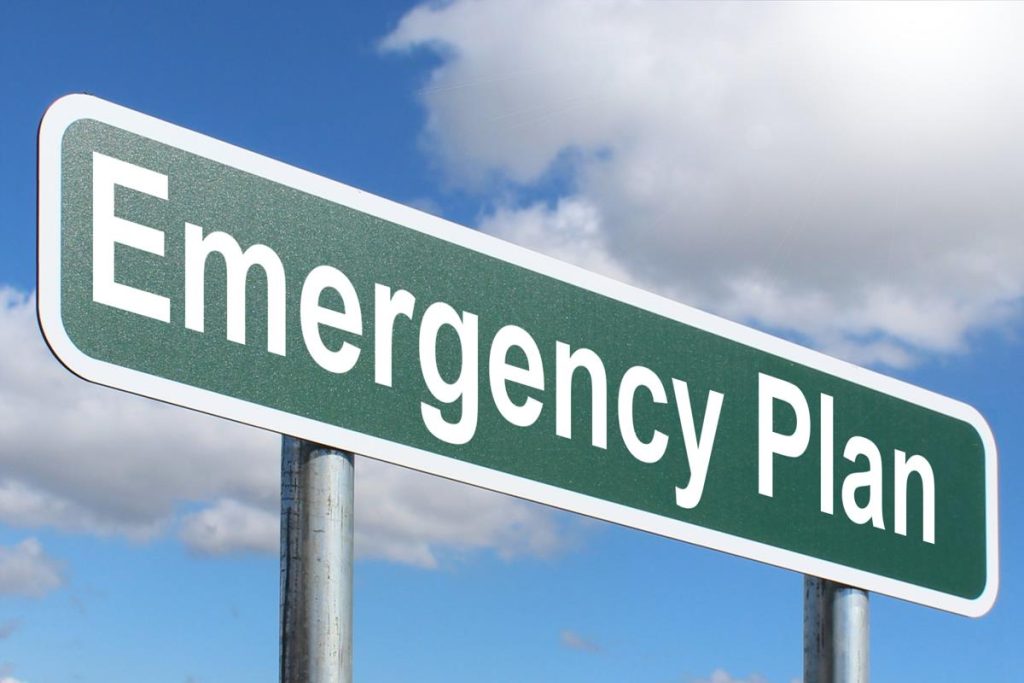
Ten Minute Fire Audit
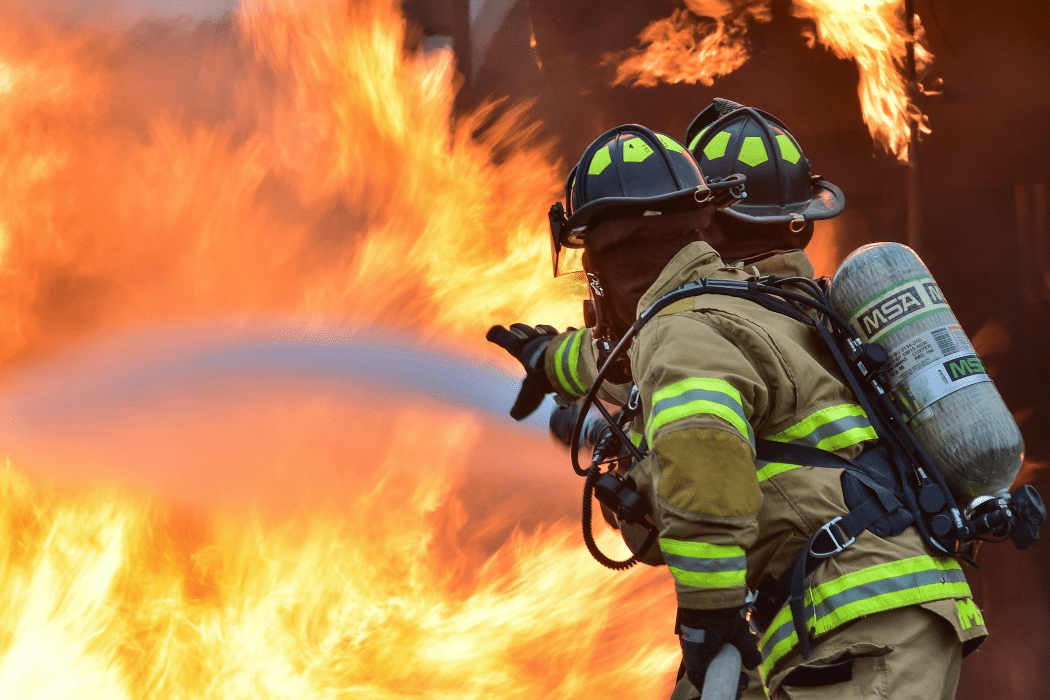
A quick look around can prevent a disaster.
Use this guide to go through your home and spot potential fire hazards. If you see a problem, don’t wait: correct it immediately. Your local fire department can give you more details on fire prevention and on spotting fire hazards and planning escape routes.
Bedroom: Smokers in bed cause 10,000 fires a year, and smoking is the leading cause of death in residential fires.
- Never smoke in bed. Never leave cigarettes burning unattended in the bedroom.
- Don’t burn a candle here. You might fall asleep before extinguishing it.
- Make sure no clothing or other items are near lights especially in the closets.
- Don’t let children play in closets. Many fires are started by kids playing with matches in closets.
Kitchen: The number-one site for home fires.
- Keep exhaust fan/motor/duct, stove and oven free of grease. Keep combustibles away.
- If grease catches fire, never try to remove the pan from the stove. Cover the pan to smother the fire.
- Don’t leave cooking unattended. Turn handles inward so kids can’t reach them. Don’t wear loose clothing while cooking. Clothes ignite easily.
- Prevent overheating. Don’t plug more than one major appliance into an outlet.
- Keep the heating elements of appliances clean. Check for cracking, fraying or wear on cords or plugs.
- Keep fire extinguishers in the kitchen near an exit door and on each floor of your home. Check expiration dates.
Dining Room
- Never leave candles burning unattended. Keep them at least three feet away from combustibles — on all sides and above the flame.
- Don’t put electrical cords under a carpet. Walking on a cord can damage it and lead to fire.
Attic: Danger – Combustible items in concealed spaces.
- Never leave wiring or cabling exposed.
- Don’t let your attic get too cluttered. And be careful notto put combustibles next to the chimney.
- Christmas tree tips: If you have a live tree, keep it adequately watered to prevent it from drying out. Keep it away from fireplaces and combustibles.
Christmas light tips: Don’t use lights with frayed or damaged wiring. Never decorate your tree with candles. Avoid the “octopus”: too many plugs in one outlet.
Exterior
- Make sure you have a chimney screen. Hot ashes and embers can escape and ignite your roof or trees. Have your chimney cleaned every three years (normal use) – every year if you burn a lot of wood.
- Keep outdoor cooking equipment at least three feet from the house. Never operate gas grills or charcoal grills on a combustible porch or deck. Use only lighting fluids specifically designed for charcoal fires. Never use any liquid fuel after the fire is lit.
Store propane for gas grills outdoors. Check gas grills for leaks. Store charcoal in a cool, dry area. Under certain conditions, it can self-ignite.
Dispose of coals or ashes in a metal container — not cardboard or other combustible material. They may appear dead, but they may be hot enough to start a fire.
- Make sure your TV antenna is properly grounded: lightning usually strikes the highest point.
Bathroom: Heating equipment is the biggest hazard here.
- Don’t hang clothes or towels to dry on or near a heater.
- Check light fixtures for signs of overheating, such as charring. Your light bulb may have wattage too high for the fixture or may be too close to its housing.
- Be sure the exhaust fan is free of dust, lint and hair spray.
Stairs and Hallway: In a fire, how easily could you get out?
- Dispose of junk piles. They’re fuel for a fire, and they can prevent a fast exit.
- Smoke detectors are proven lifesavers. Use them throughout the house (at top of stairwells, outside bedrooms, near the kitchen, living room, etc.). Check the batteries and test the smoke detector every three months. Clean dust out of detectors once a year. Replacement of battery-powered smoke detectors with house-powered units should be considered.
Living Room: One of the most hazardous rooms in the house.
- Always use a fire screen. Move furniture and other combustibles at least three feet away from fire. Don’t leave papers or trash near heat sources.
- Don’t leave cigarettes burning unattended. Keep ashtrays on stable surfaces. Use large ashtrays that fully contain smoking materials.
- Keep matches and lighters out of the reach of children.
- Give TV ventilation space so it won’t overheat.
Basement: Your primary heat and power sources are prime fire hazards.
- Repeatedly blown fuses and tripped circuit breakers are signs of an overloaded electrical system. Have it inspected and fixed.
- Make sure your gas, oil or propane furnace has a safety pilot that will shut off the flow of fuel if the pilot light goes out.
- Have your furnace professionally inspected and cleaned once a year, preferably before the heating season starts.
- Check air intake, draft damper and exhaust flues to make sure they’re free of blockage; otherwise, deadly carbon monoxide can build up in your home.
- Recent studies indicate that dryers can be a major fire hazard. Keep the dryer exhaust duct and housing free of lint. Use metal ducts instead of plastic ones. Don’t leave home or go to bed while your dryer is on.
- Keep combustibles at least three feet away from heating equipment.
- Never store or use paints, solvents, gasoline, etc., near heating equipment, especially equipment with pilot lights. Store flammable and combustible liquids in airtight metal cans in a well-ventilated area.
- Have an oil hot-water heater professionally maintained once a year.
Garage: Arson is the leading cause of garage fires.
- To deter arson, keep your garage door closed and locked.
- Store gasoline only in a UL-listed gas container. Keep it where a car can’t run over it.
- Oil rags and painting materials can spontaneously ignite. Store them in airtight metal containers with self-closing lids.
